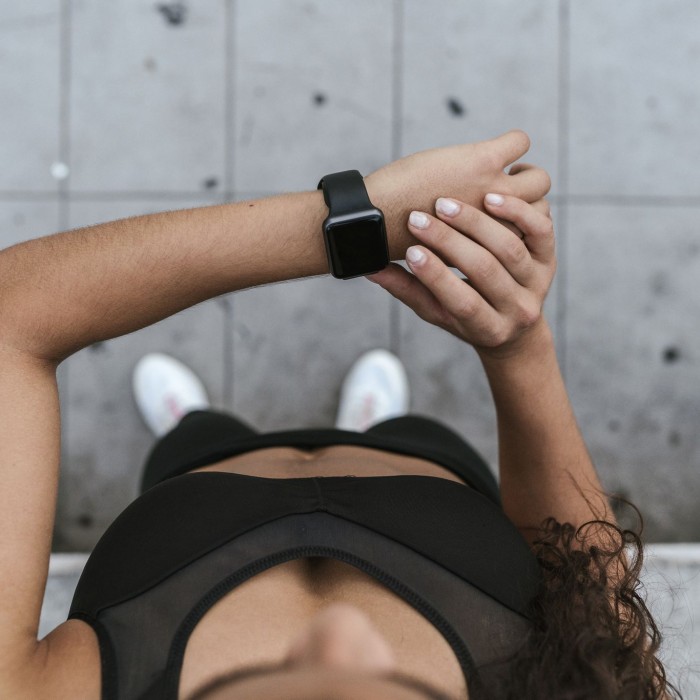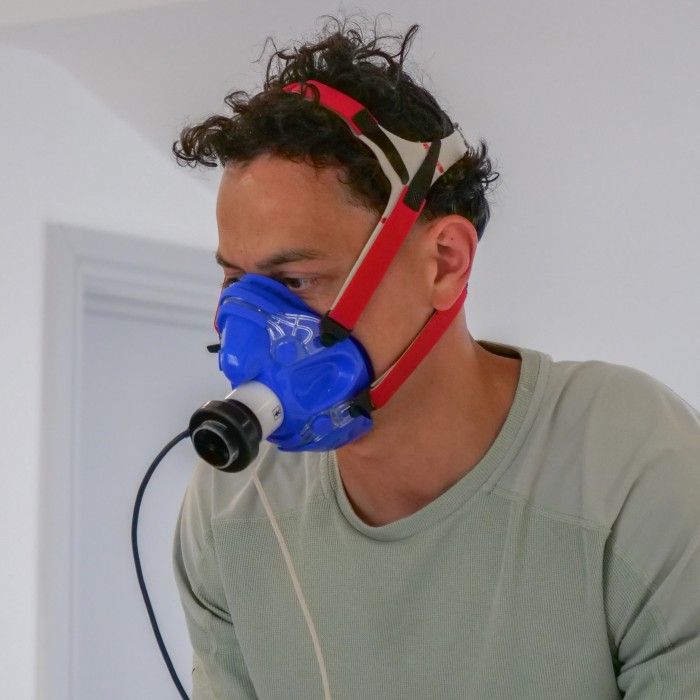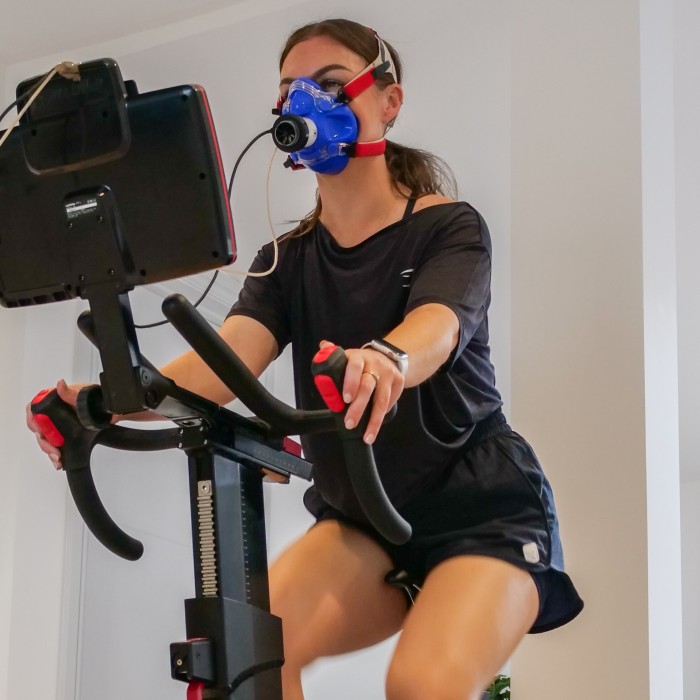Are wearables useful for fitness prediction?
By Dr Daniel Owens, PhD SENr6 Minute Read

6 Minute Read
In a recent blog post we explored the value of exercise testing to determine your VO2max and respiratory thresholds. We discussed that learning more about your current fitness can accelerate your fitness improvements when coupled with a good training plan.
As you pursue your health and fitness journey, you might ask whether your wearable device can (accurately) predict and track your fitness. So in this blog instalment, we tackle this question of whether your wearable device can predict your fitness and whether this can be used as a replacement for fitness testing in the lab.



The difference between lab-tested VO2max and wearable devices
Before we get stuck in, let's quickly recap what VO2max is since it is one of most common variables that wearables attempt to predict. VO2max is the gold-standard measure of cardiorespiratory fitness - measured as the maximum amount of oxygen that you can consume and use per minute. It’s a very helpful metric for those looking to optimise their fitness, performance and/or health.
Labs such as ours at The Edge HPL test VO2max directly during a graded exercise test by measuring oxygen use with a gas analysis system. The system is measuring the oxygen you consume with every single breath during the test. By doing this, there is no estimation of oxygen use, we’re directly measuring it.
On the other hand, wearable devices use ‘non-exercise prediction models’, which is a fancy way of saying that they estimate your VO2max (as an alternative to directly measuring your oxygen consumption). To estimate your VO2max these devices typically use variables such as biological sex, age, body mass index, resting heart rate, and self-reported physical activity. However, the variability in accuracy between people may be significant when compared to exercise testing. Put simply, there is no guarantee your wearable-estimated VO2max is accurate or reliable.
Wearables typically use one or more of the following approaches:
Heart Rate Monitoring: Wearables with heart rate sensors estimate VO2max based on the relationship between heart rate and oxygen consumption during exercise. During a maximal effort exercise, the heart rate tends to plateau near the maximum level, indicating the individual's cardiovascular capacity.
Accelerometers and Motion Sensors: Some wearables incorporate accelerometers or motion sensors to measure the intensity and duration of physical activity. By analysing the acceleration patterns and body movements during exercise, wearables estimate the metabolic equivalent of the activity (METs), which is then correlated with VO2max using formulas.
GPS and Distance Tracking: Wearables equipped with GPS technology can track the distance covered during a maximal effort exercise session - such as running or cycling. By combining this distance information with the duration of the activity, the wearable can estimate the energy expenditure and use it as an indirect indicator of VO2max.
Machine Learning Algorithms: Advanced wearables may employ machine learning algorithms trained on large datasets to predict VO2max. These algorithms analyse a wide range of sensor data, including heart rate, motion, and environmental factors, to build models that can estimate VO2max with better accuracy. While not all devices are using this tech, research in this area is growing and shows that the most cutting-edge machine learning approaches are showing some promise (Spathis et al., 2022).
So, are wearables useful for fitness tracking?
The commonality between all of the above approaches that wearables use to estimate VO2max are that they rely on estimation to provide a VO2max value. What’s more is that there isn’t much standardisation between different wearable devices, so you won’t really know how your device is performing the estimation and whether or not it as accurate as you would like it to be.
It’s worth noting that the fitness tracking on wearables can be useful, and in fact, tracking your fitness over time is where the merit often lies with these devices. Wearables do a fairly good job at showing you your fitness trends over time, even if the absolute numbers aren’t always accurate. In other words, if you’re getting fitter then the wearable will probably detect that and tell you so. If you take a few weeks off then your fitness will decline and, again, the wearables do a good job of picking that up. Perhaps you’re interested to know your week-by-week trends, in which case booking in for lab testing probably isn’t feasible or warranted. In this case, there’s certainly utility in using wearable devices to monitor your progress. This can help you stay motivated or let you know if your training plan is effective, too much or perhaps not enough. However, you should also listen to your body and assess your overall life stress. These things are hard to track but will impact your progress, so it's crucial to regularly check in with yourself.
The bottom line
As trained exercise physiologists, we at The Edge HPL believe that there is no substitution for gold-standard testing if you want accurate and reliable fitness data (as well as accurate and personalised heart-rate training zones). We also know that interpreting your data and understanding you as a person can only be achieved by working with a trained professional who can help you to improve your fitness and health in an individualised way. Why not combine approaches by testing at the lab, establishing your training zones and tracking your fitness improvements over time, with your wearable as just one tool in the tool box?
To enquire about Fitness Testing at our private facility in Surrey, UK please click here.
Spathis et al. (2022). Longitudinal cardio-respiratory fitness prediction through wearables in free-living environments. npj Digit. Med. 5, 176.
The Edge HPL is not responsible for any specific health or allergy needs that require supervision nor any adverse reactions you may have to the advice we provide - whether you have followed them as written or have modified them to suit your dietary requirements.
Any nutritional advice and information provided by The Edge HPL is based on our own experiences, research and knowledge. The information provided is not to be used in place of proper medical advice. The Edge HPL and its employees and representatives are not medical professionals, do not hold any type of medical licenses or certifications and do not practice medicine. If customers have any medical questions regarding any advice or information provided by The Edge HPL, they should consult their physician, or another healthcare professional. Please also refer to our Standard Business Terms and Conditions, which can be found on our website.